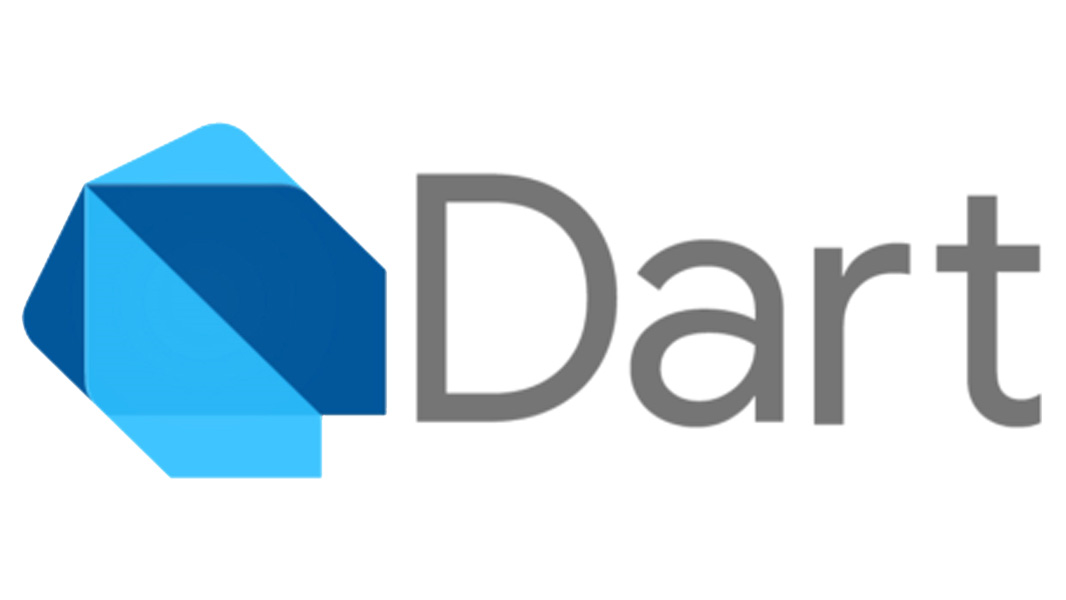Google Finalizes Dart 2.0
- Paul Thurrott
- Aug 07, 2018
-
5

Google on Tuesday announced the release of Dart 2.0, the latest version of the programming language used with the Flutter cross-platform framework.
“Today, we’re announcing the immediate availability of the stable release of Dart 2, including a rewrite of the Dart web platform that offers a unique combination of productivity, performance, and scalability,” Google’s Kevin Moore wrote in the official announcement. “The stable release of Dart 2 is another important milestone towards the stable release of Flutter, due to the tight coupling between framework and language.”
Windows Intelligence In Your Inbox
Sign up for our new free newsletter to get three time-saving tips each Friday — and get free copies of Paul Thurrott's Windows 11 and Windows 10 Field Guides (normally $9.99) as a special welcome gift!
"*" indicates required fields
Back in February, Google announced the beta version of Flutter, which developers can use to create mobile apps that run on both Android and iOS. The stable version of Flutter 1.0 followed in June, and it worked with both Dart 1.x and the Dart 2.0 beta.
But now that Dart 2.0 is out, developers may want to consider moving forward as this new version of the language includes a ton of improvements.
“Dart 2 is focused on three areas,” Moore explains. “Strengthening and tightening the language, developing our support for web and mobile frameworks, and bringing some of the tooling and components that support Google’s usage of Dart to the outside world.”
As Moore notes, Google uses the Dart language—which is yet another object-oriented C-like language and an ECMA standard—extensively internally for both mobile apps and web services. And the language has seen impressive growth publicly as well: It is one of the fastest-growing languages on GitHub and “ten-fold” usage growth over the past year.
To date, Dart has been more prominent in mobile app development than on the web. As I wrote in Flutter, PWAs, and Xamarin, Oh My! (Premium) back in February, the combination of Dart and Flutter represents an existential threat to Microsoft’s Xamarin.
But web applications have been central to Dart “since the start,” Moore says. And Dart 2 includes improvements for web apps, too, with better performance and code size reductions. Google is now using Dart to create Progressive Web Apps (PWAs), too, which neatly ties together its two current but future-leaning developer efforts.
“Dart has become a general purpose language that is optimized for web and mobile development,” Moore concludes. “We’ve been working on Dart 2 for several years, during which time it has touched every aspect of our ecosystem and required migrating millions of lines of code and hundreds of packages.”
Which is all great. But Dart is further interesting because it’s the language used by Google to create Fuchsia, which may one day supplant Android. And Google has publicly stated that Dart is what developers will use to create native Fuchsia apps too. So this is a language with a future. And something we’ll need to keep tabs on going forward.
Conversation 5 comments
-
skane2600
<p>Good because there can never be enough C-like languages to learn?</p>